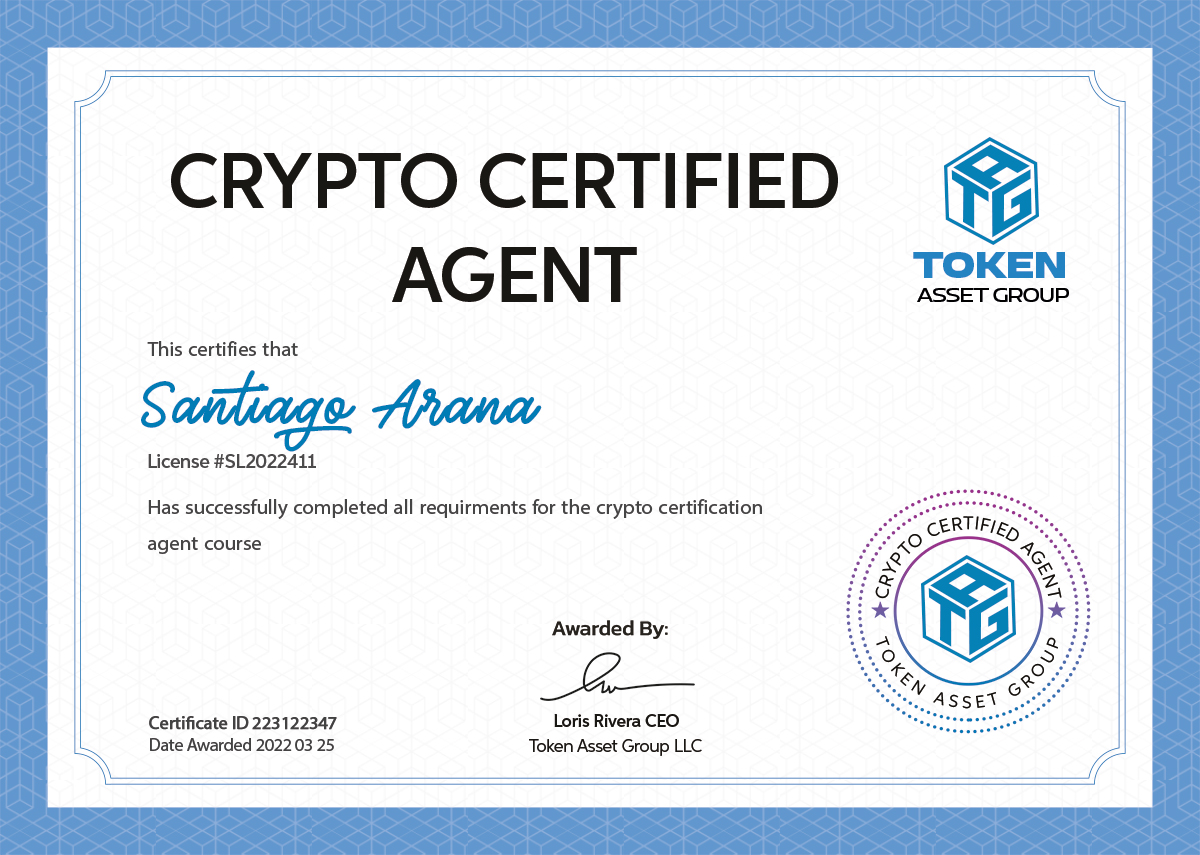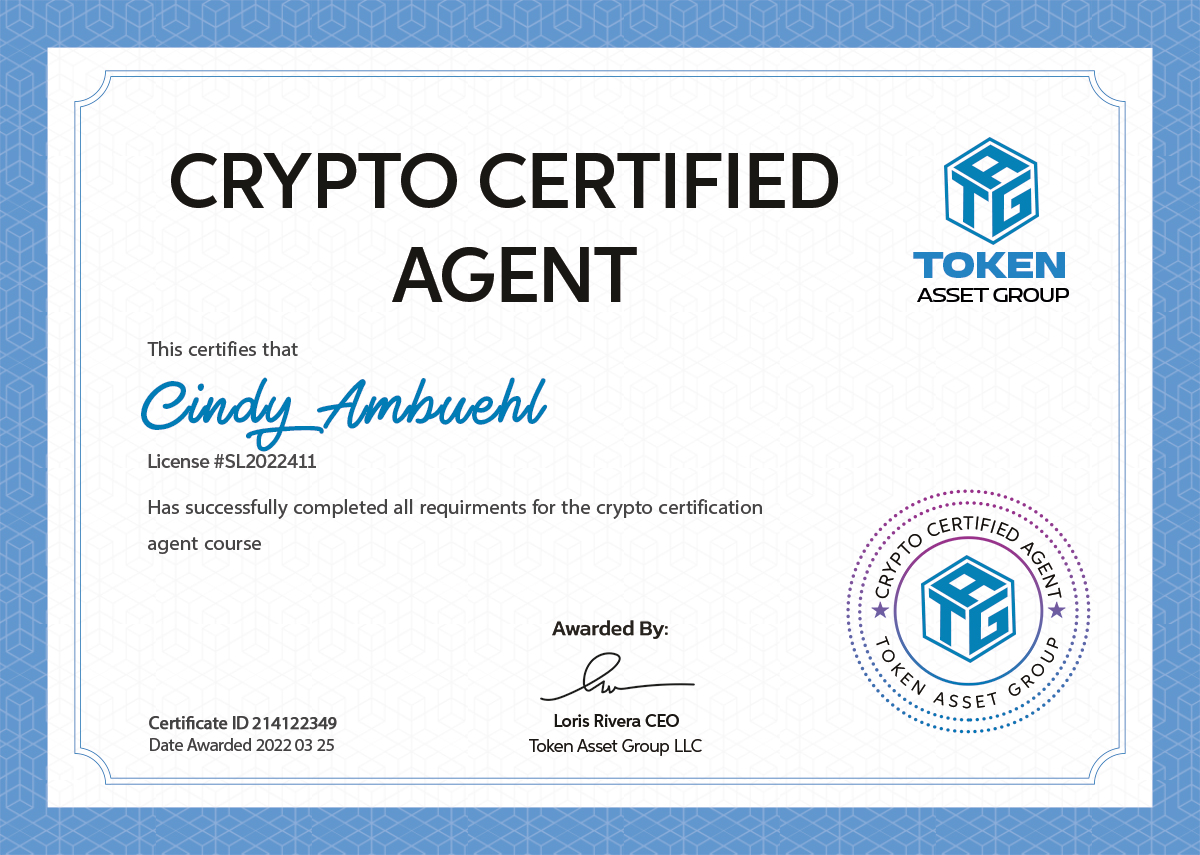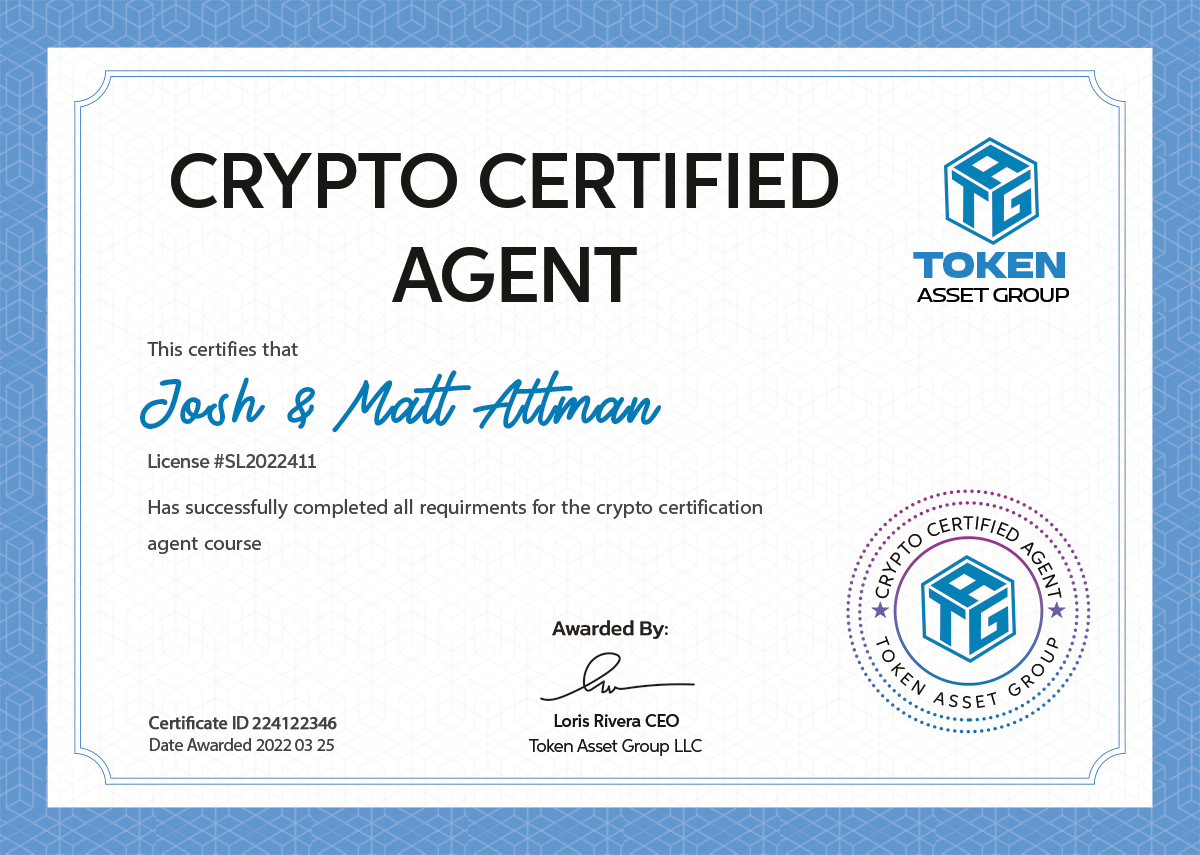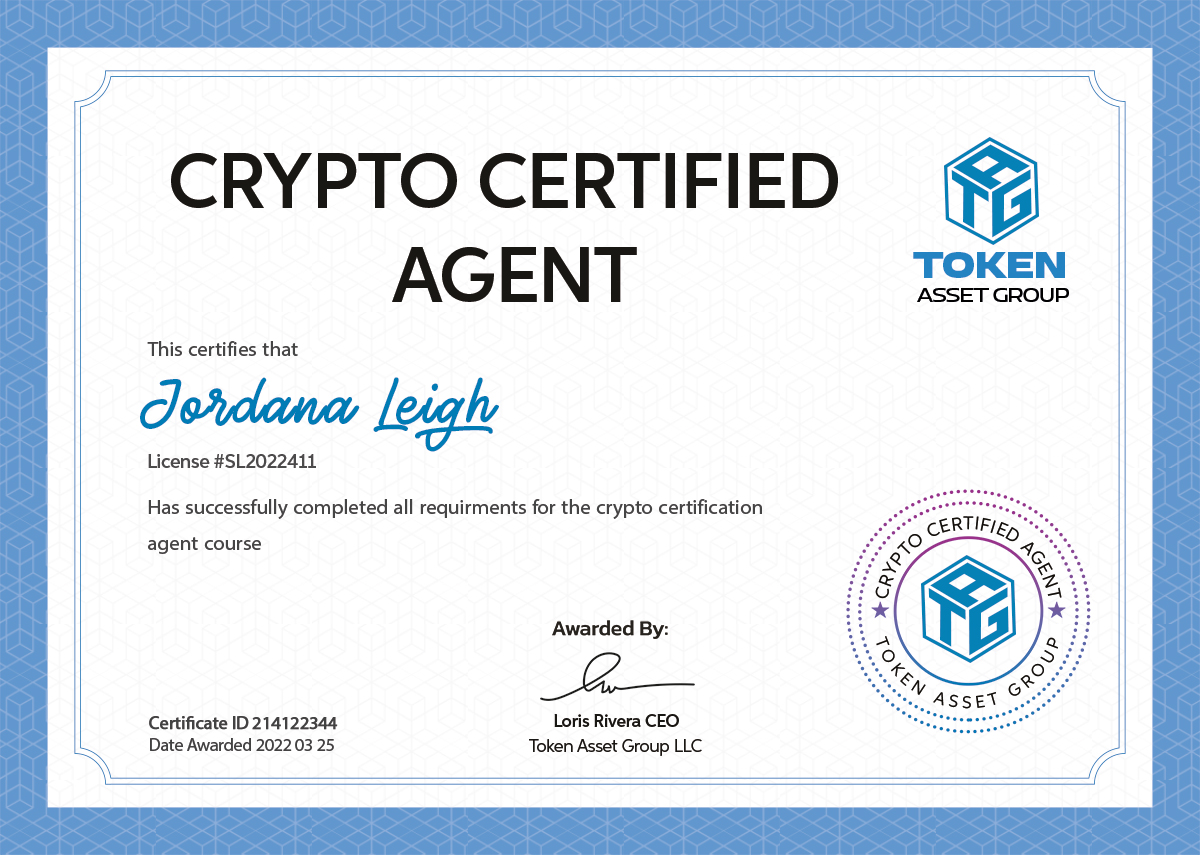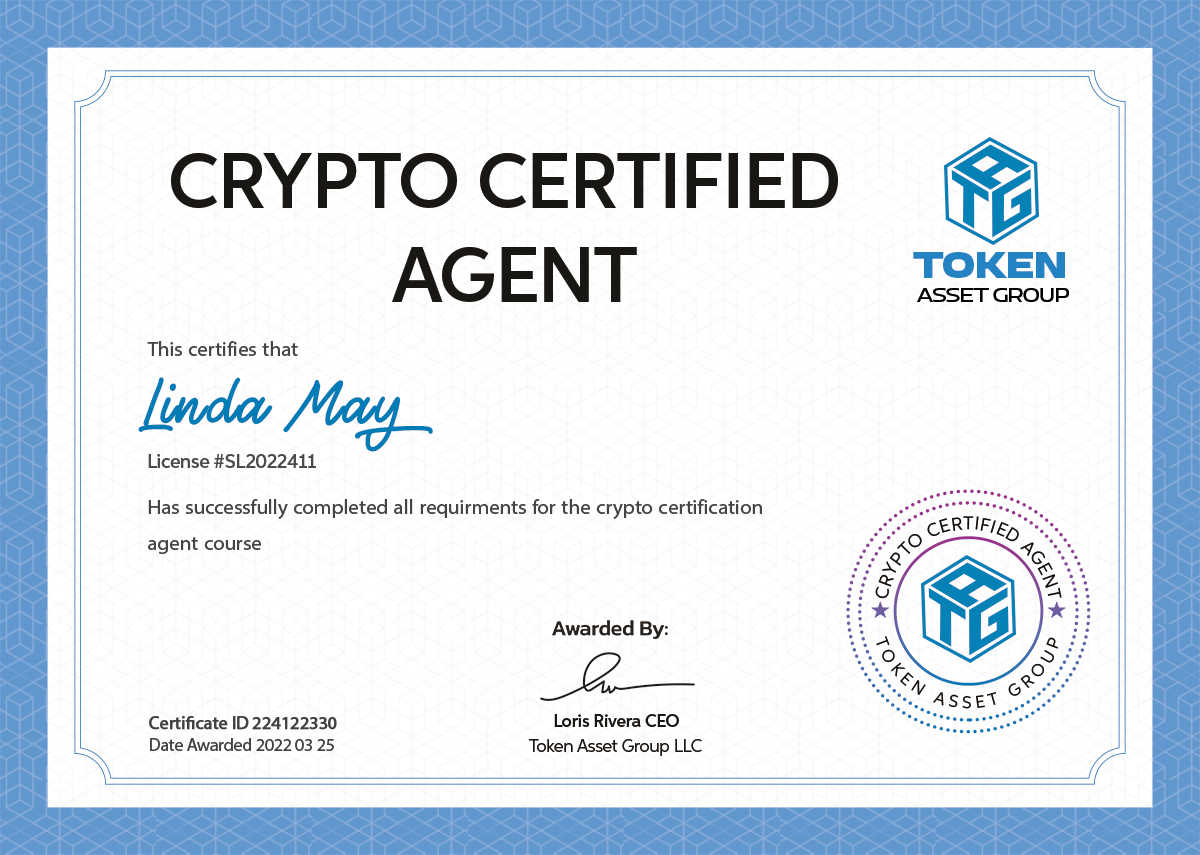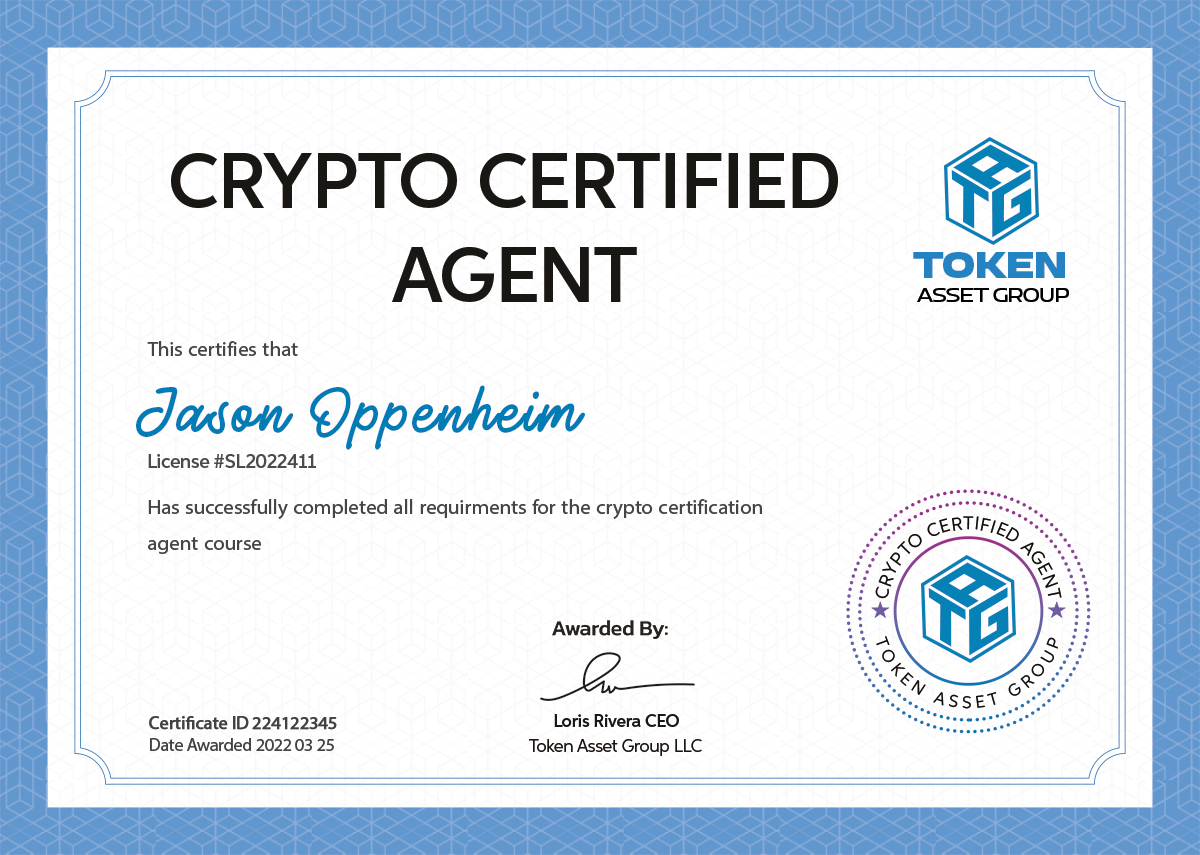Fractionalization – BENEFITS OF TOKENIZATION
For assets that traditionally have large upfront capital requirements, tokenization lowers the barriers to entry for investment by enabling interests in the asset to be more readily divided across a wider pool of investors, democratizing access to the asset. Fractional ownership is securely managed by a digital register of members (ROM) on blockchain. New financial products could be distributed to a wider pool of investors at a lower per unit cost, with a fee structure inclusive of an access premium for the previously inaccessible investment opportunity.
Operational Efficiency – – BENEFITS OF TOKENIZATION
Smart contracts are programmable actions on the blockchain that facilitate the automation of processes such as compliance checks, investor whitelisting, and post-issuance matters including dividend distribution. Smart contracts also enable the programming of tokens with unique qualities, such that characteristics of each share class and customizable fee structures could be created for tokenized assets at a relatively low operational cost.
Reduced Settlement Time
Transactions in tokenized products can be settled almost instantly, unlike the days or weeks that it can sometimes take to settle traditional finance transactions.
Blockchain benefits – Data Transparency
Blockchain as a distributed ledger technology is known for its immutability and resistance to cyber-attacks, as data is distributed across a network of participating nodes as opposed to a single centralized database. While transaction information is made trackable and visible on blockchain, data anonymity of blockchain transactions are preserved by cryptographic hashes.
Liquidity – BENEFITS OF TOKENIZATION
Tokenization enables liquidity by enabling the secure transfer of shares between investors, with every transaction reflected on the digital ROM. With regulatory regimes worldwide embracing, and establishing frameworks for the regulation of, digital securities exchanges, global public market liquidity for tokenized securities is also well on its way.


